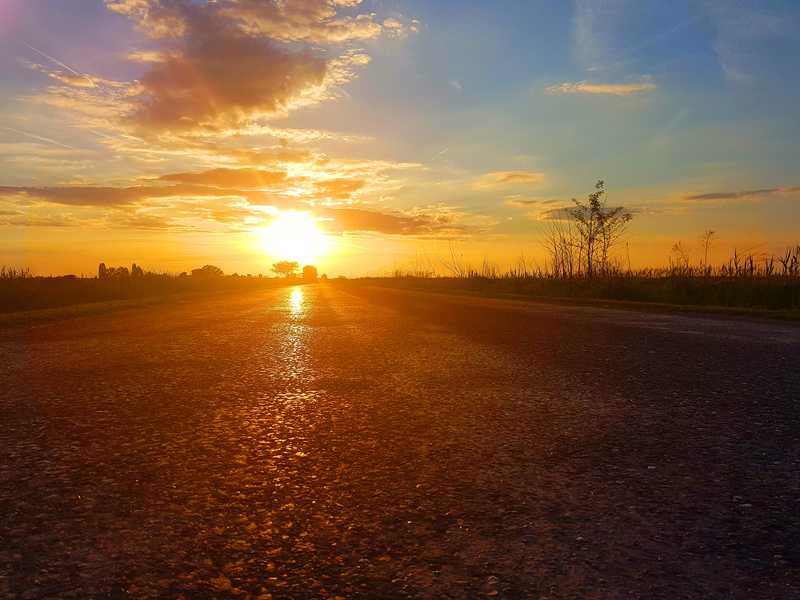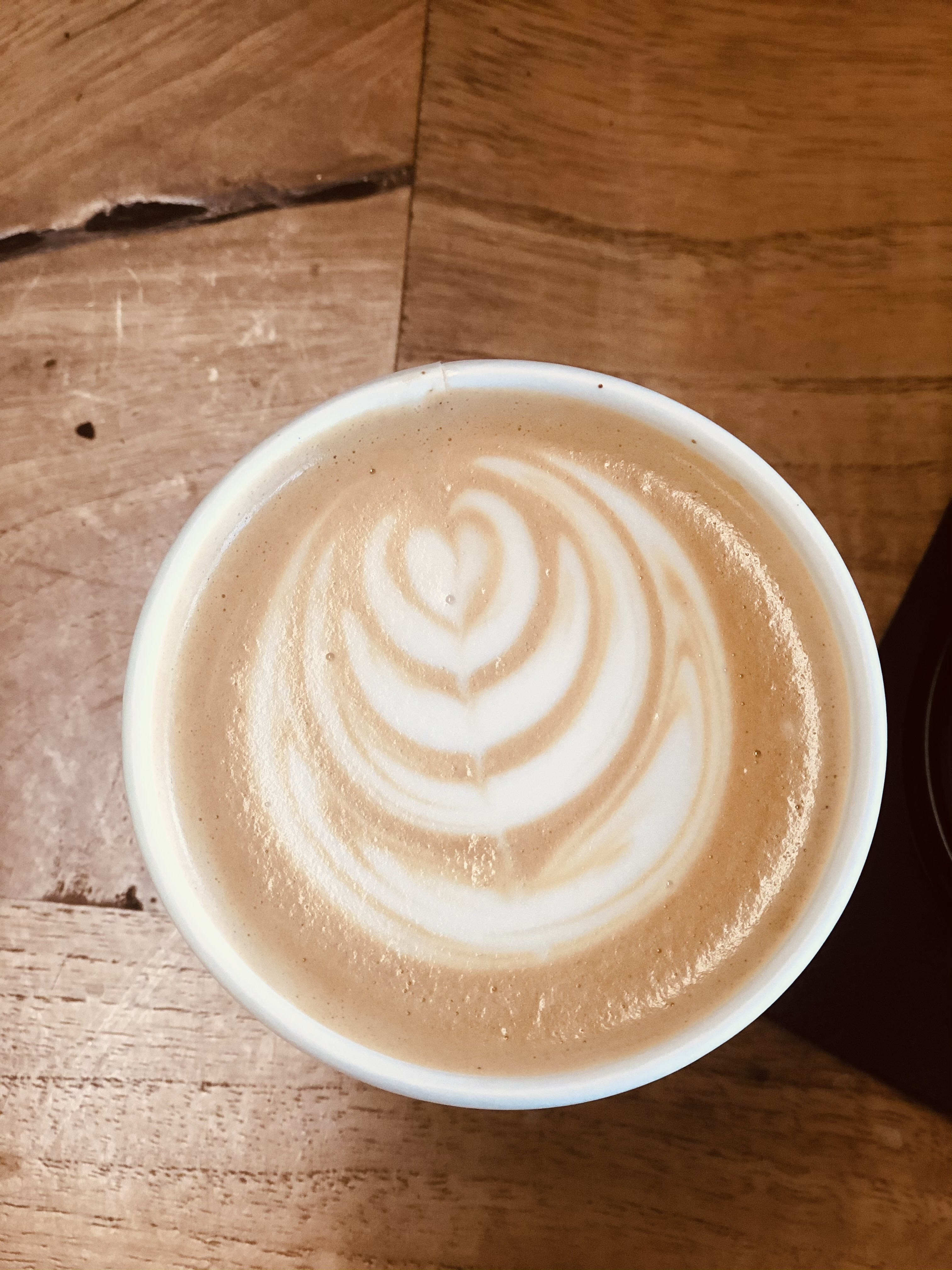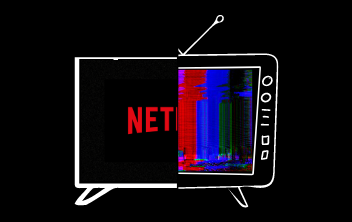By Taylor Helmes, Assistant News Editor
What will reality be like after COVID-19? That question has haunted me during this uncertain time that we’re all living through. Unsure about what the future economy or healthcare system will look like, how long we’ll be quarantined in our homes, when will toilet paper be restocked; these are thoughts constantly rushing through my head.
With nearly my entire 24 hours each day this past week being spent indoors, there’s been a lot of free time to just sit and think about those thoughts.
But an unusually abundant amount of free time spent indoors with limited activity can be a recipe for one anxious, slightly depressed, college student. Especially if they’ve already battled with their mental health before this crisis.
Like me.
Living with depression and anxiety is a daily battle. There’s no vaccine to treat clinical depression or a blanket treatment that works for all individuals that suffer from anxiety. Today, I can identify my triggers and combat them in a healthy way. But with the new Stay-At-Home order from Gov. Gavin Newsom on March 19, the level of difficulty to manage my mental health skyrocketed.
Normally, a combination of a healthy diet, my daily medication, physical and social activity was the recipe for a “Happy Taylor.” But like everyone, this pandemic threw a wrench in my life. Then again, that’s why they call it a crisis.
It’s easy to get stuck in the downward spiral of negativity that seems to be never ending. Social isolation and a lack of physical activity doesn’t help either. But, that’s exactly what’s happened since CSUDH semi-closed its campus and changed all of our classes to online .
In President Parham’s March 19 memorandum, he called on his background in psychology and gave his recommendations on how to combat, “feelings of uncertainty and anxiety.” He suggested students follow health advisories and take them seriously, to stay informed and updated, to practice social distancing and good hygiene by washing our hands, and to try and focus on the positive stories of recovery that are also part of this health crisis.
Solid advice, but I have completed one 30-minute home workout the past week, and that won’t cut it. I’m used to going to the gym, weight lifting, hot yoga and sculpting classes. But they’re all closed now–even my apartment complex’s gym.
Disruptive changes to our routine range from minor to catastrophic depending on who you ask.
For me, this has been pretty major. No school and no work means I’m no longer socially interacting; lack of Vitamin D and physical activity results in my mental health declining; and my anxiety has heightened because of the unknown future.
I know I’m not the only one. And if you are someone trying to fend off a hostile external threat who is also dealing with something that comes from inside you, please try to remember this:
We’re all in this together.


